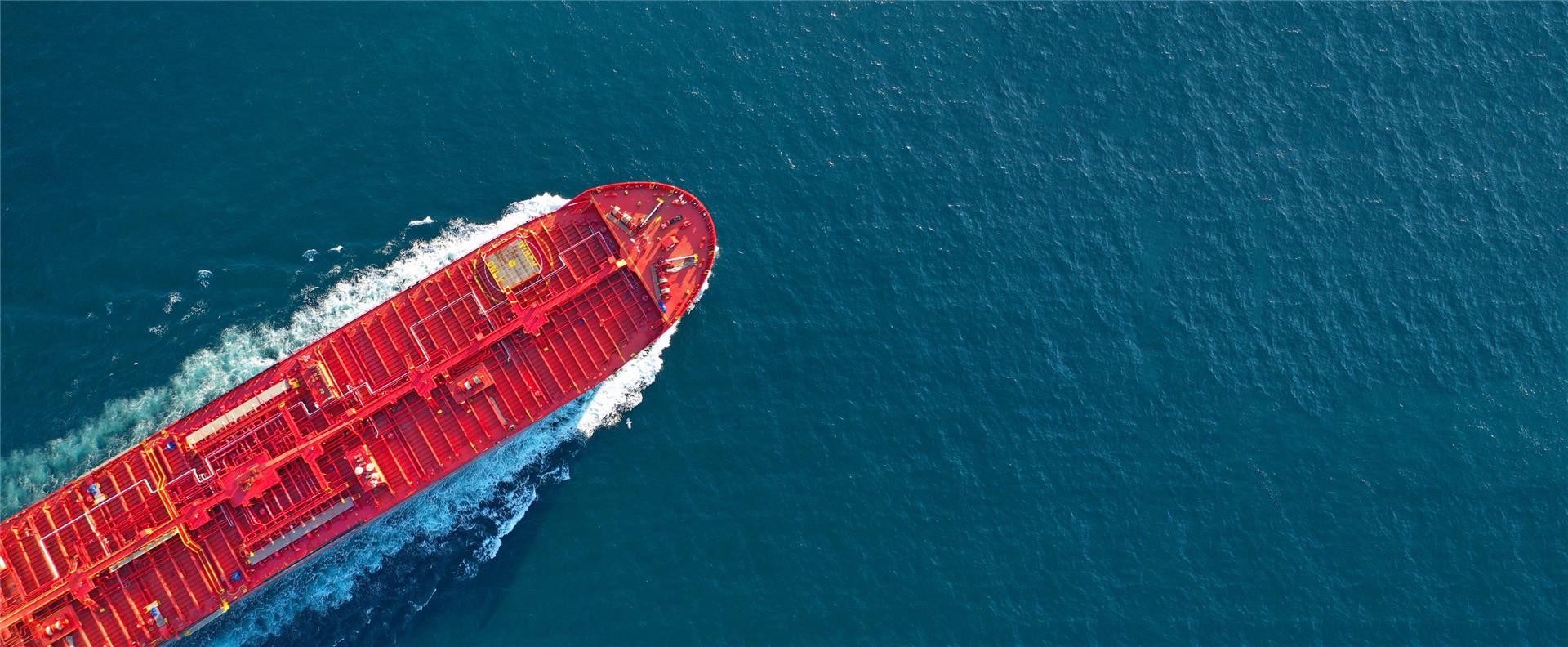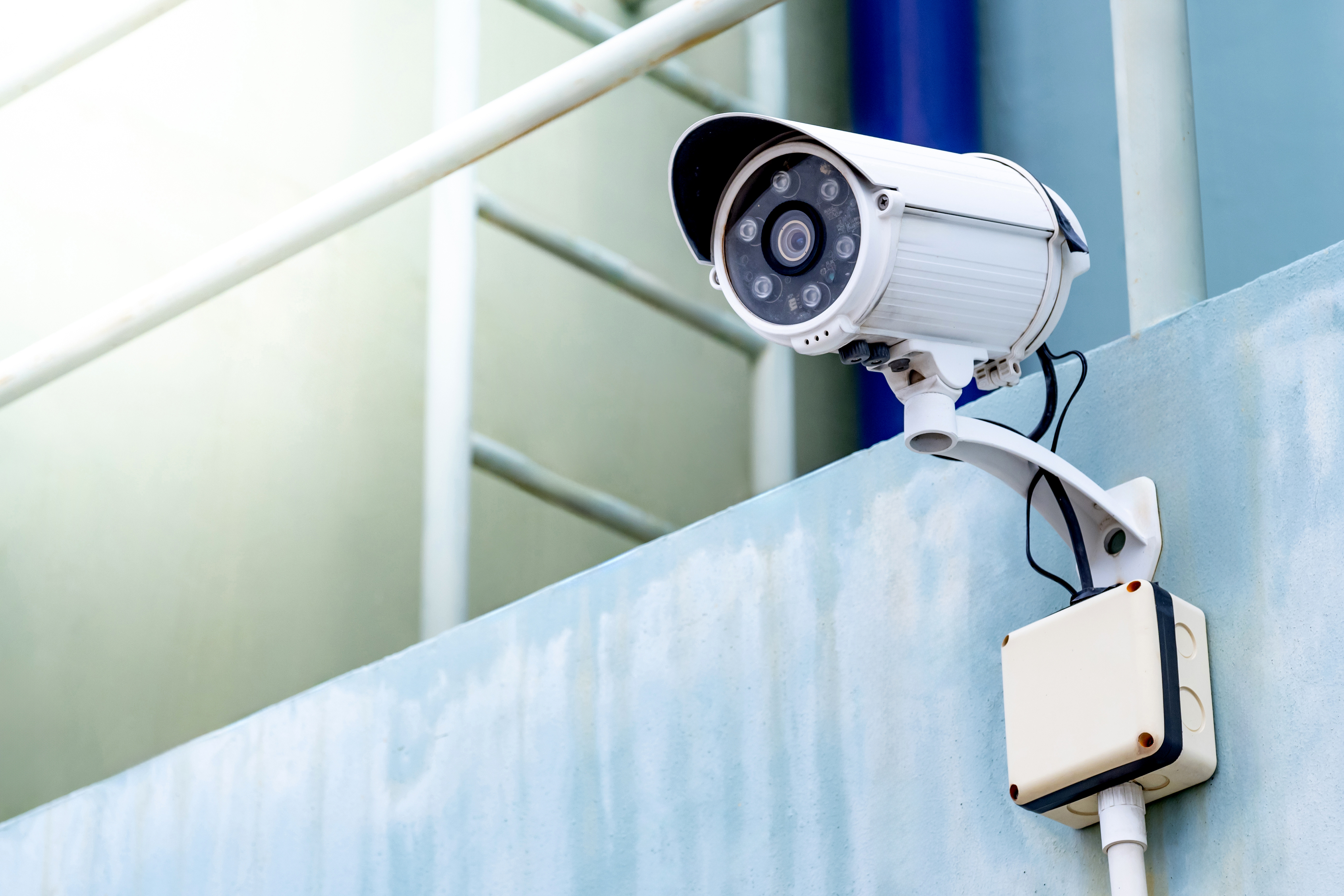
Introduction
In recent years, despite the continuous training of crews, the various BRM courses, thorough procedures, accident studies, and other initiatives, it is apparent that accidents (collisions and groundings) in narrow passages, such as rivers, have not decreased either in frequency or magnitude.
The purpose of this article is not to analyse the many causes, such as increased speeds, the abundance of ships, and the additional pressures caused by the pandemic. The aim of this piece is to provide practical advice to both seafarers and shore side personnel, in order to prevent further difficult situations for ships.
The consequences
So, what are the consequences of "poor" navigation leading to accidents? What are the results? What can we do to alleviate it? The results are well documented, and the consequences can be enormous: material damage, pollution of the marine environment and, in some cases, injuries and loss of life. Apart from their tangible consequences, the above also have huge economic and psychological consequences for society and, most importantly, the people who live them up close: the seafarers.
There are many other causes of such accidents, other than those mentioned at the beginning of this paper. These include the failure to apply experience and education to different situations, non-compliance with COLREGS, non-compliance with the SOLAS and STCW, and non-compliance with the procedures of both the Safe Management System and other local regulations.
However, it is clear that many accidents could have been avoided if the seafarers had not lost situational awareness. Situational awareness is of prime importance as it helps to dispel any doubts and encourages correct decision making before the advent of danger. All means must be used to achieve this: good and appropriate lookout, the exact position of the ship to be known constantly, and to be able to accurately predict the progress of the ship.
Seafarers need to be aware of the exact characteristics of the ship (for example, the turning circle and the distance until it stops completely, both in laden and ballast conditions). They must also be in full knowledge of the characteristics and limitations of all electronic aids and duties during watch. Within this, the Bridge Team is of utmost importance: they must be in position to be able to react, every member of the Bridge Team should be encouraged to speak up if they feel that something is wrong, and they should know not to hesitate to call for help in difficult situations. No distractions should be allowed.
Nowadays, the pressure is great, and many demands are placed on sailors (usually from the bridge officers). However, none of these should be carried out while in watch. The operational management of the ship sometimes does not allow proper rest periods. Sailors must always keep in mind that safety is paramount to the commercial use of the ship.
In confined waters
Having said the above, when sailing in limited waters the following must especially be taken into account, depending on the circumstances:
1. Passage Planning
Passage planning must be meticulous and comprehensive. It must not be deviated from (except when necessary), and all parameters must be considered, including UKC, air draft, tide, currents, weather conditions, speed, and the peculiarities of the place. The Bridge Team’s tasks must be clearly described and contain actions to be taken in case of an emergency. It would be sensible for engineers (especially the Chief Engineer) to participate during the discussion of the Passage Plan, before arrival and departure at least. There should also be a contingency plan which should be included within the passage plan.
2. Safe speed
It does not matter if the speed of the ship is high or low: it must be enough – or correct – for the particular leg of the voyage. Consideration should be given to the concentration of other ships in the area, the weather and currents, and to what extent the ship's manoeuvrability is affected. The ship’s Master must also keep in mind the famous bank effect and vessels’ interaction.
3. Master and Pilot exchange
This should not be taken as just another checklist to be completed. The pilot must understand the passage plan. They should understand the characteristics of the ship as well as possible as an equal member of the Bridge Team. If the pilot appears to be making wrong decisions, then they should be corrected. They must, together with the Master, discuss and devise a strategy on how they should react in the possibility that something goes wrong. Nevertheless, the Master is always and ultimately responsible!
4. Lookout
The crew member in charge of this task must do just that and pay close attention to what is going on outside, keeping the Captain perpetually aware of any nearby ships and obstacles. However, it is the duty of the whole Bridge Team to perform proper lookout.
Of course, shore side personnel must also update the Masters as much as possible and advise them on the latest developments. For example, it is worth considering the recent decision of the English Court regarding navigation in separation schemes (see Evergreen Marine v Nautical challenge1).
Safe navigation is a vitally important and complex task with many variables. Seafarers must be properly prepared and always be vigilant.
-------------------------




